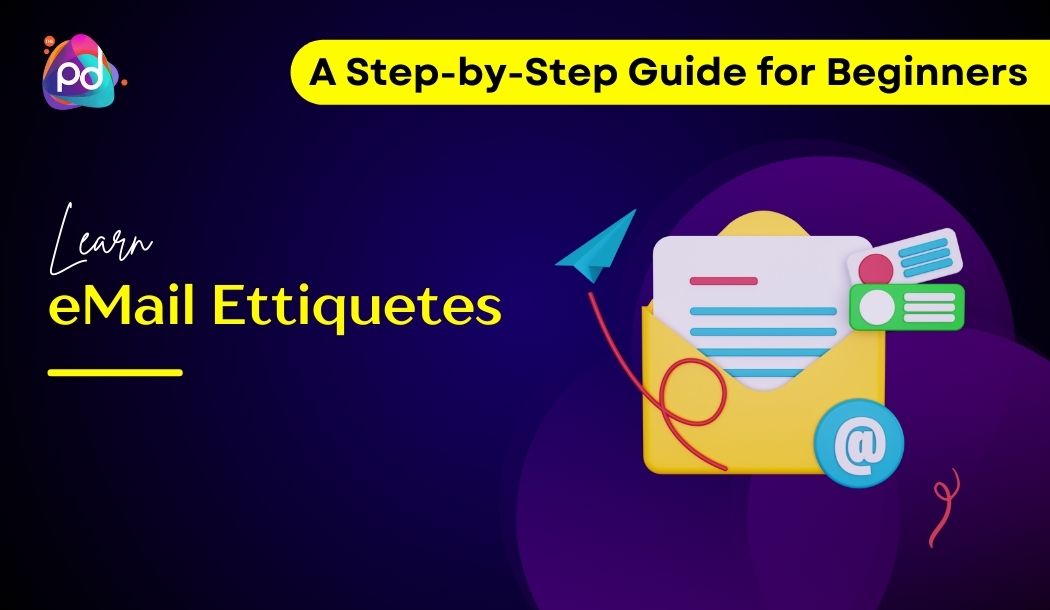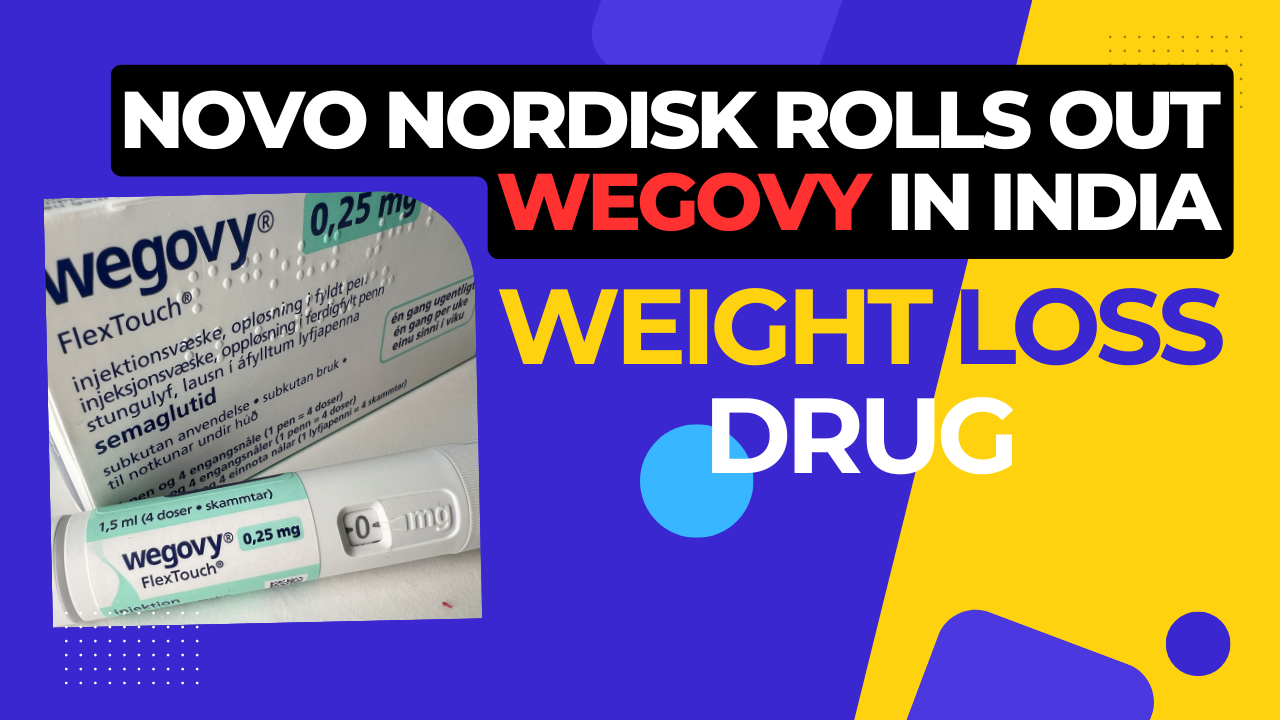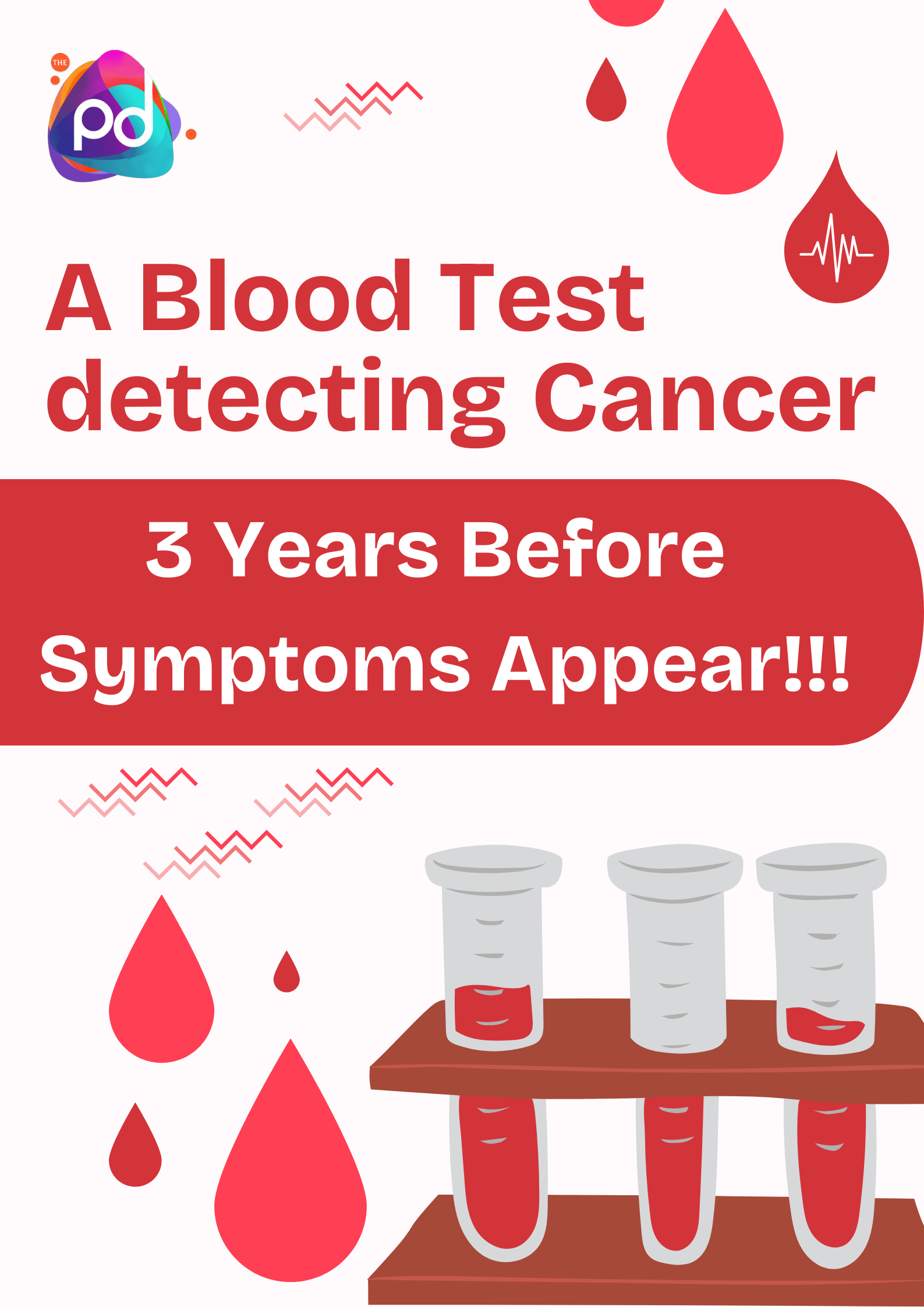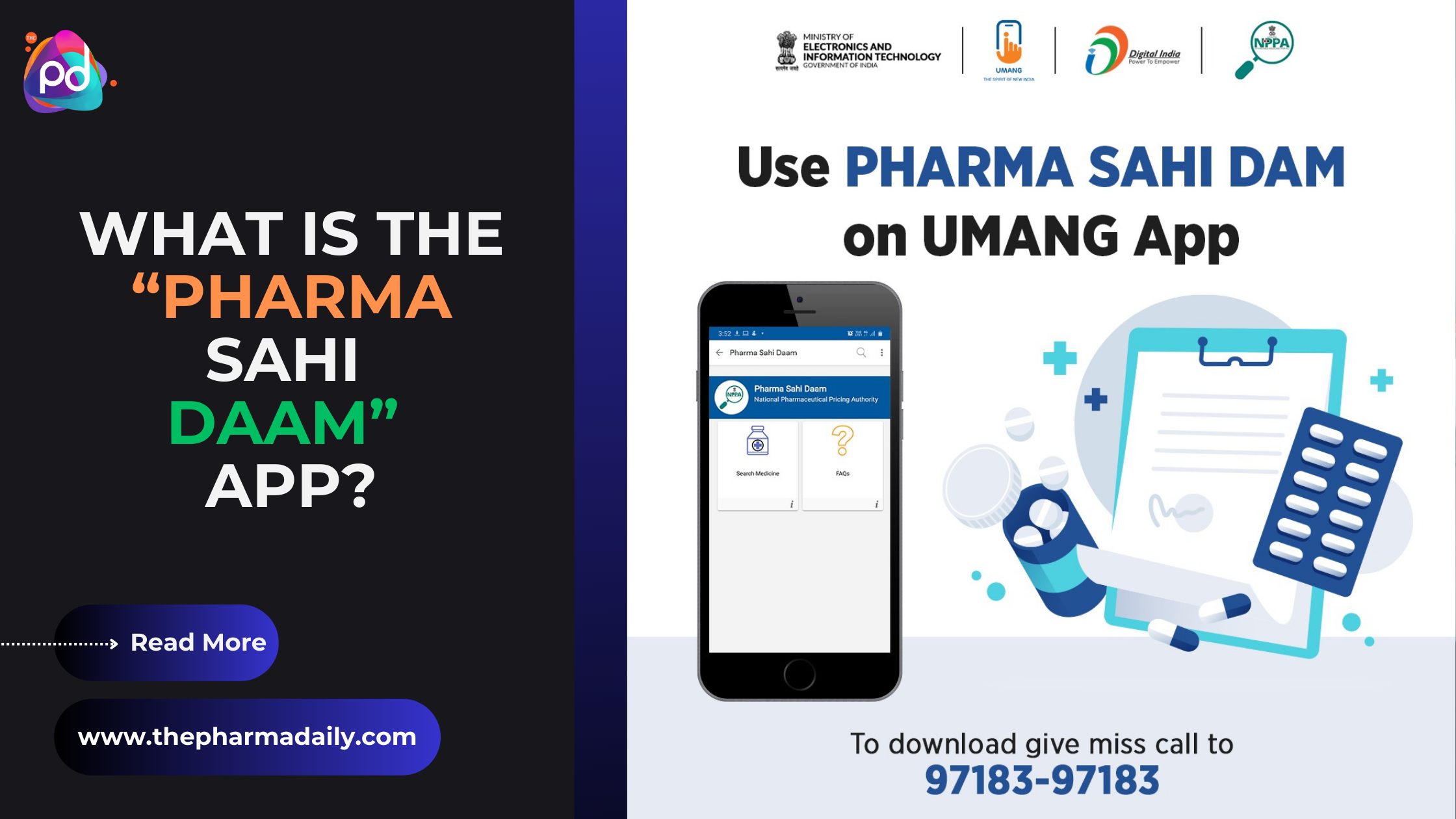World Hepatitis Day 2025 – Let’s Break It Down
Mastering Email Etiquette
: A Comprehensive Guide
In today's fast-paced digital age, email remains a cornerstone of professional communication. Whether you're reaching out to colleagues, clients, or potential partners, the way you craft and manage your emails can significantly impact your professional image and effectiveness. At The Pharma Daily, we understand the importance of clear and respectful communication in the pharmaceutical industry and beyond. This guide aims to provide you with essential tips and best practices for mastering email etiquette.
1. Use a Professional Email Address
Your email address is often the first impression you make. Ensure it reflects your professionalism. Ideally, your email address should include your name (e.g., john.doe@example.com). Avoid using informal or overly creative addresses (e.g., coolguy123@example.com).
2. Craft a Clear and Descriptive Subject Line
The subject line is a critical component of your email. It should succinctly summarize the purpose of your message. A clear subject line helps recipients prioritize your email and understand its importance at a glance.
Examples of Good Subject Lines:
- "Meeting Agenda for August 3rd"
- "Follow-Up on Project Proposal"
- "Invitation to Pharma Networking Event"
Examples of Poor Subject Lines:
- "Hey"
- "Question"
- "Urgent!"
3. Start with a Polite Greeting
Always begin your email with a courteous greeting. Address the recipient by their name, using appropriate titles if necessary (e.g., Dr., Mr., Ms., etc.). A warm and respectful opening sets a positive tone for the rest of the email.
Examples:
- "Dear Dr. Smith,"
- "Hi John,"
- "Good morning, Ms. Lee,"
4. Be Concise and to the Point
While it's important to be polite, it's equally crucial to be concise. Respect your recipient's time by getting straight to the point. Avoid unnecessary details and keep your email focused on the main topic.
Example:
- "I am writing to follow up on the proposal we discussed last week. Attached is the revised document with the changes we agreed upon."
5. Use Proper Grammar and Punctuation
Professionalism in email communication extends to the use of proper grammar, punctuation, and spelling. Avoid using slang, abbreviations, or overly casual language. Proofread your email before sending to catch any errors.
Example:
- "Thank you for your prompt response. I appreciate your assistance with this matter."
6. Include a Clear Call to Action
If your email requires the recipient to take action, make sure this is clearly stated. Provide specific instructions and, if applicable, include deadlines.
Example:
- "Please review the attached report and provide your feedback by Friday, August 6th."
7. Use a Professional Sign-Off
End your email with a professional closing statement and your signature. Common sign-offs include "Sincerely," "Best regards," and "Thank you." Include your full name, job title, and contact information.
Example:
- "Best regards, Jane Doe Senior Research Analyst The Pharma Daily jane.doe@example.com (123) 456-7890"
8. Be Mindful of Tone and Formating
Email lacks the nuances of face-to-face communication, so it's easy for messages to be misinterpreted. Be mindful of your tone and ensure it is appropriate for the context. Use formatting tools like bullet points or numbered lists to improve readability but avoid overusing bold or italicized text.
Example:
- "I would like to highlight the following key points from our meeting:
- Project timeline adjustments
- Budget reallocation
- Team responsibilities"
9. Attach Files Appropriately
If you need to attach files, mention them in the body of your email and ensure they are properly labeled. Avoid sending large files directly; instead, use links to cloud storage services if necessary.
Example:
- "Attached, please find the quarterly report. Let me know if you have any questions or need further information."
10. Respond Promptly and Follow Up
Timely responses are a hallmark of professional email etiquette. Aim to reply to emails within 24 hours. If you need more time, acknowledge receipt and provide a timeline for your response. Don't hesitate to follow up if you haven't received a response to an important email within a reasonable timeframe.
Example:
- "Thank you for your email. I will review the document and get back to you by the end of the day."
Conclusion
Mastering email etiquette is essential for effective professional communication. By following these guidelines, you can ensure your emails are clear, respectful, and professional, thereby enhancing your reputation and effectiveness in the workplace. At The Pharma Daily, we are committed to fostering excellence in communication within the pharmaceutical industry. Stay tuned for more tips and insights on professional development.
For more articles like this, visit our website and subscribe to our newsletter.












